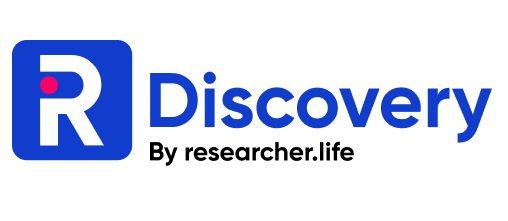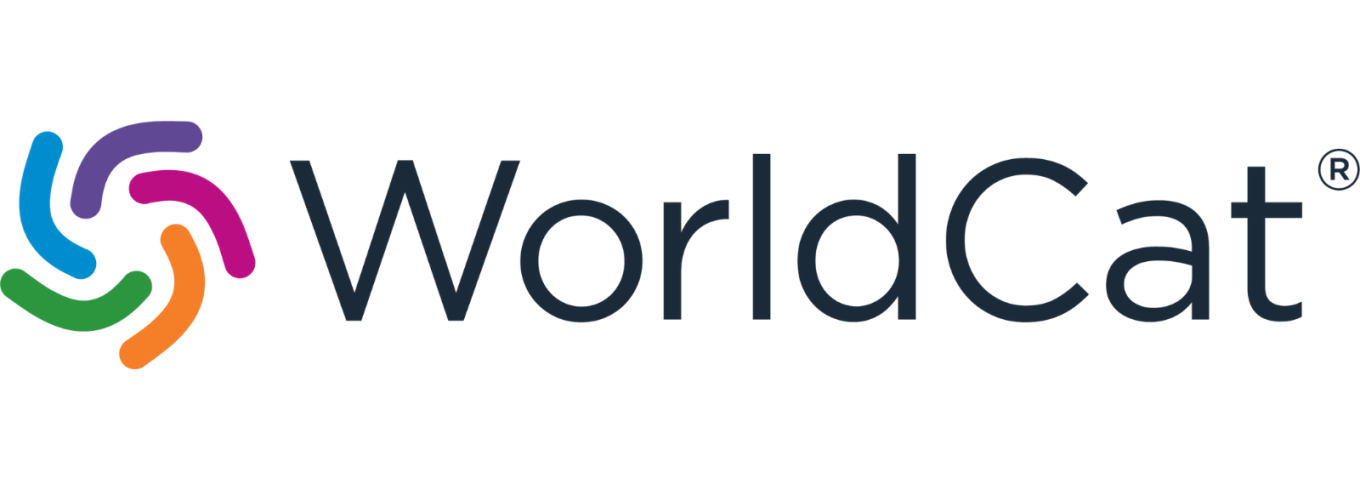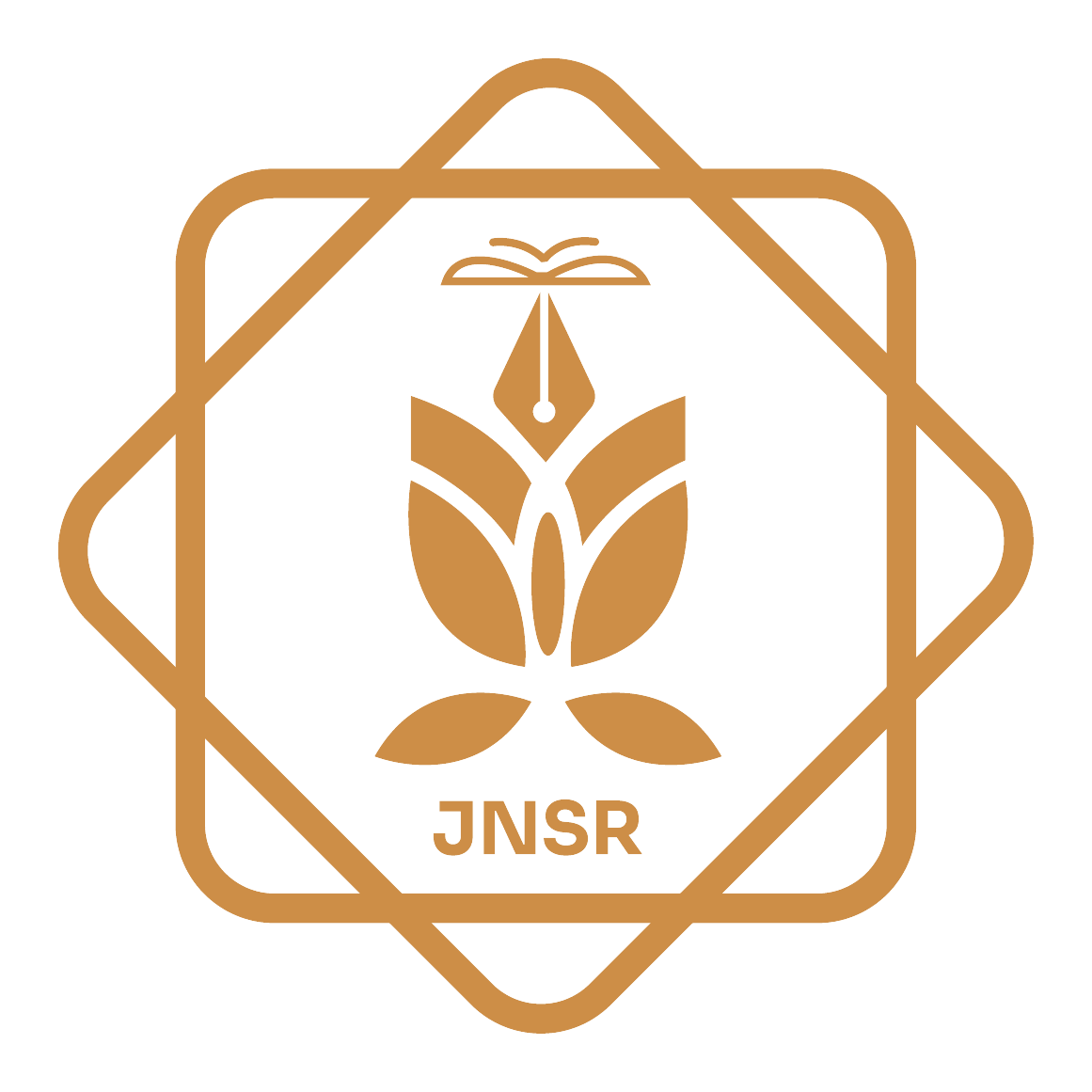Urban Water Crisis in Kabul City: Key Challenges and Solutions
DOI:
https://doi.org/10.62810/jnsr.v2i3.51Keywords:
Climate change, Discharge, Groundwater, Kabul City, Water crisis, Water resourcesAbstract
Water is an essential human need for survival. However, billions globally wake up daily with accessible and affordable clean water. Rapid population growth, urbanization, climate change, precipitation regime changes, industrial development, and environmental degradation increase pressure on urban water resources. As a result, water demand is continuously rising, leading to prominent shortages in many cities in developing and developed countries, regardless of their developmental condition. One such city facing significant water scarcity is Kabul, the capital of Afghanistan, where rapid urbanization has outpaced local water supply infrastructure, resulting in unsustainable exploitation of groundwater resources. This directly threatens the well-being of millions of residents in this city. In anticipation of the exhaustion of local water sources, Kabul will soon need to explore alternative water supply methods, such as inter-basin water transfers, to meet the growing demand. This paper aims to offer a broad overview of urban water crises, evaluating the key drivers of water shortages, exploring the specific water crisis facing Kabul, and analyzing previous research, reports, papers, flow data, groundwater data, maps/charts, field observations, surveys, GIS data, and statistical analysis as the methods for this work. So, to combat declining groundwater levels, a sustainable groundwater management approach is crucial. The approach includes water conservation methods, the implementation of efficient irrigation techniques, and the adoption of water pricing mechanisms.
Downloads
References
Beller, C. K., & Stadtwerk, E. (2004). Feasibility Study for the Extension of Kabul Water Supply System. Compilation of three reports: a Concept Report, an Interim Report, and the Feasibility Report.
Bruinsma Jelle. (2009). The Resources Outlook to 2050. By How Much Land, water, and Crop Yield Need to Increase by 2050. https://openknowledge.fao.org/server/api/core/bitstreams/75d2f1fa-d409-4c69-b70f-f54d057441a1/content
CSRS. (2023). Investigating the Imminent Crisis of Water Shortage in Kabul City and its Solution. Center for Strategic and Regional Studies, Weekly report. https://csrskabul.com/en/wp-content/uploads/sites/2/2023/09/Weekly-Analysis-En-416.pdf
Engel, Katalina. and et al. (2011). Big Cities. Big Water. Big Challenges. Water in an Urbanizing World. file:///C:/Users/Sediqullah/Downloads/2%20.pdf
Faizee, M. and S. S. (2023). Water, Peace and Security Report. https://waterpeacesecurity.org/files/380
FAO. (2012). Coping with water scarcity An action framework for agriculture and food security, FAO. Water report. https://www.fao.org/4/i3015e/i3015e.pdf
Global Perspectives & Solutions. (2017). Solutions for the Global Water Crisis. The End of Free and Cheap Water Citi GPS. P. 13. https://willembuiter.com/CitiGPSWater.pdf
GoIRA. (2017). The State of Afghan Cities. Kabul. (Government of the Islamic Republic of Afghanistan. https://unhabitat.org/sites/default/files/download-manager-files/State%20of%20Afghan%20Cities%202015%20Volume_2.pdf
Guppy. Lisa and Anderson. Kelsey. (2017). Global Water Crisis Facts. https://www.researchgate.net/publication/324703095
IPCC. (2007). Fourth Assessment Report. IPCC Secretariat, Geneva, Switzerland. Intergovernmental Panel on Climate Change.
Iqbal, M. W., Donjadee, S., Kwanyuen, B., & Liu, S. (2018). Farmers' perceptions of and adaptations to drought in Herat Province, Afghanistan. Journal of Mountain Science, 15(8), 1741–1756. https://doi.org/10.1007/s11629-017-4750-z. DOI: https://doi.org/10.1007/s11629-017-4750-z
Kalia, B. (2020). Water Crisis in Cities: The Case of 'Day Zero' in Chennai, India. P.1. https://ic-sd.org/wp-content/uploads/2020/11/Bhrigu-Kalia.pdf
Kandemir. Fulya. Aydin, & Yıldız, D. (2022). Assessment of growing water and food security crises in Afghanistan. International Journal of Water Management and Diplomacy. International Journal of Water Management and Diplomacy, 6. https://dergipark.org.tr/en/download/article-file/2776624
Matthews. J, & Quesne, T. (2009). Adapting Water Management - A primer on coping with climate change. WWF Water Security Series 3. U.K. https://assets.wwf.org.uk/downloads/water_management.pdf
MEW. (2023). Surface and Groundwater data. Water resources department.
MIWRE. (2004). A Strategic Policy Framework for The Water Sector. Transitional Islamic State of Afghanistan. http://sar-climate.adpc.net/wp-content/uploads/2022/06/AF-IWRM-GD-125.pdf
Mutai, J., & Ojal, Mark. (2020). Kabul. Afghanistan. Public Space Safety Audit and Assessment. https://unhabitat.org/sites/default/files/2021/06/public_space_safety_audit_in_kabul.pdf
Noori, K. M. A., & Nasimi, M. N. (2019). Kabul City groundwater and need for artificial recharge. In Proc 4th Int Conf Civil, Struct Transp Eng (19), 215. https://doi.org/10.11159/iccste19.215 DOI: https://doi.org/10.11159/iccste19.215
Remigios, M. V, & Never, Kapungu. (2010). Urban domestic water crisis in Zimbabwe: The case of Kadoma city. Journal of Sustainable Development in Africa. 12(8), 254. https://jsd-africa.com/Jsda/Vol12No8_Winter2010_B/PDF/Urban%20Domestic%20Water%20Crisis%20in%20Zimbabwe.pdf
Sayantani Pan Ghosh, S. G. (2021). Water Crisis in Urban and Sub-Urban Areas: A Global Perspective. Saudi Journal of Business and Management Studies. https://doi.org/10.36348/sjbms.2021.v06i08.006
Turral. H., Burke. J, & Faurès. J.-M. (2011). Climate change, water and food security. https://www.fao.org/4/i2096e/i2096e.pdf
UN. (2015). Water and Cities Reader. Water Decade Programme on Advocacy and Communication (UNW-DPAC). https://www.un.org/waterforlifedecade/pdf/unwdpac_biennial_report_2010_2011.pdf
UN. (2019). World Urbanization Prospects: The 2018 Revision. https://population.un.org/wup/Publications/Files/WUP2018-Report.pdf
UNAMA. (2016). Water Right: An Assessment of Afghanistan's Legal Framework Governing Water for Agriculture. https://unama.unmissions.org/sites/default/files/2016_19_10_water_rights_final_v2.pdf
UN-HABITAT. (2024). Afghanistan's Urban Future. Discussion Paper #1. https://unhabitat.org/sites/default/files/download-manager-files/1424269536wpdm_Afghanistan%20Urban%20Future.pdf
UNICEF. (2022). Afghanistan WASH on the Brink. Division of Communication and Advocacy & Programme Group, WASH. https://www.unicef.org/media/118356/file/%20UNICEF%20Afghanistan%20WASH%20on%20the%20Brink%202022.pdf
USAID, & SWP. (2021). Afghanistan water resources profile. https://winrock.org/wp-content/uploads/2021/08/Afghanistan_Country_Profile-Final.pdf
USAID, & USGS. (2010). Availability of Water in the Kabul Basin, Afghanistan. Prepared in cooperation with the Afghanistan Geological Survey under the auspices of the U.S. Agency for International Development. https://pubs.usgs.gov/fs/2010/3037/pdf/fs2010-3037.pdf
Wahid, A. A. (2010). Natural and manmade disaster risks of Kabul city. Technical Deputy Mayor of Kabul. https://www.unisdr.org/campaign/resilientcities/uploads/city/attachments/1683-9602.pdf
Downloads
Published
How to Cite
Issue
Section
License
Copyright (c) 2024 Sediqullah Reshteen, Asadullah Rahmatzai, Abdul Ghias Safi

This work is licensed under a Creative Commons Attribution-NonCommercial 4.0 International License.



























